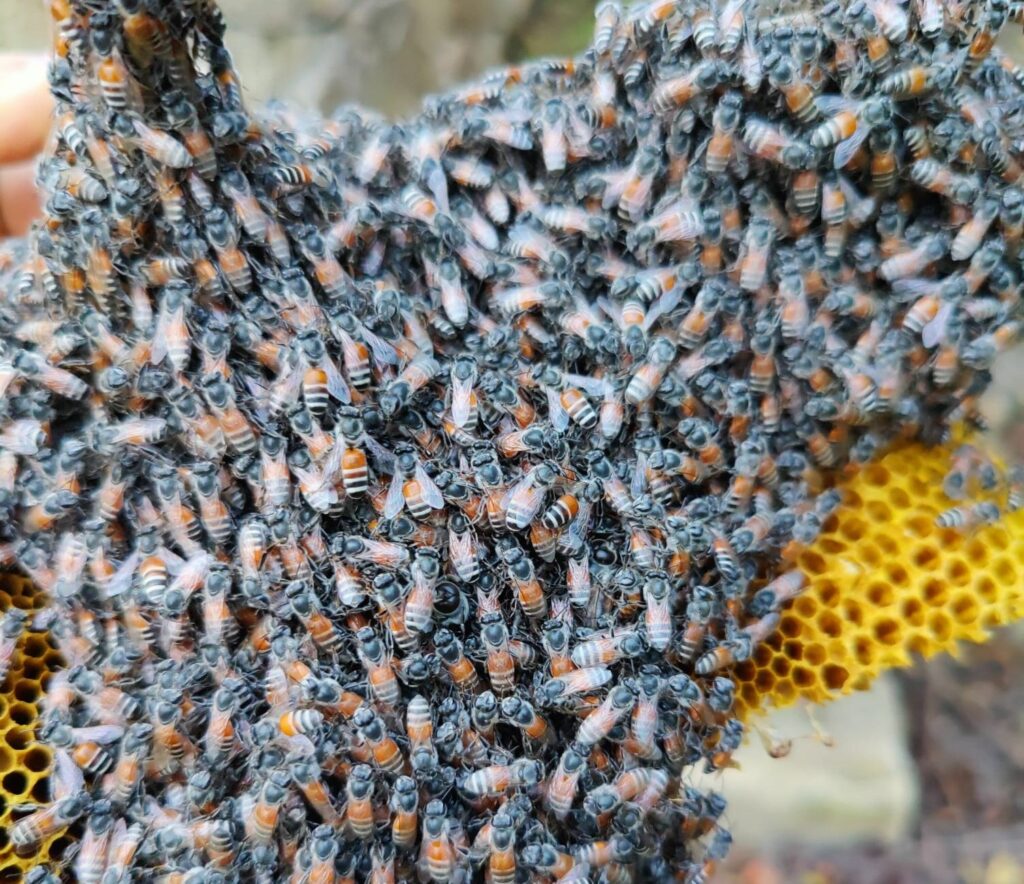Tista’ taqra bil-
Malti.
An established colony of Apis florea – the red dwarf honeybee native to southeast Asia – has been identified in Malta, in what appears to be the first such sighting in Europe.
The colony was identified by Thomas Galea, a local beekeeper who is also the administrator of the NGO Breeds of Origin Conservancy, which was established with the express aim of safeguarding Maltese heritage breeds, species and cultivars – including the Maltese honeybee (Apis mellifera ruttneri).
Galea co-wrote a scientific paper on the discovery of the species, which was published on the Journal of Apicultural Research.
The paper confirms the discovery of an Apis florea colony, with around 2,000 bees, in a location some 2.5km away from the Malta Freeport: naval traffic through port is identified as the likely source of the bees, since shipping was responsible for the introduction of the species in a number of other countries. A swarm of A. florea had actually been identified in the commercial port of Genova, but was intercepted and immediately destroyed before it could spread.
To prevent the Apis florea colony from spreading in Malta, the colony was immediately removed and its bees were culled: the empty comb and the dead bees were donated to the University of Malta’s Biology Department.
The paper highlights that the climate of the Mediterranean is conducive to the survival of Apis florea colonies – which have reached the eastern parts of the Mediterranean basin.
The establishment of the species, the authors note, “would represent a serious risk to natural biodiversity due to competition for resources and habitats, in a territory that harbours numerous endemic species and where anthropogenic pressures are already high.”
Moreover, they note that the species is host to many harmful pathogens which are not native to the region, and which could spread to endemic honeybees and wild bees.
While Apis florea does produce honey, it is not generally domesticated for honey production given its small size and low honey production: it is, however, an important pollinator in its native region.
They said that their paper “aims to alert the competent authorities and the beekeeping community to be vigilant and further monitor the potential presence of A. florea colonies in the Maltese Islands and Mediterranean coastal areas and to be prepared with effective eradication measures.”
Accordingly, Breeds of Origin Conservancy confirmed that it has done just that, informing the authorities and Malta’s beekeeping community about the threat posed by the possible introduction of this invasive species.
Follow this story on social media
Source link : https://newsbook.com.mt/en/europes-first-sighting-of-invasive-red-dwarf-honeybee-recorded-in-malta/
Author :
Publish date : 2024-08-21 07:00:00
Copyright for syndicated content belongs to the linked Source.
